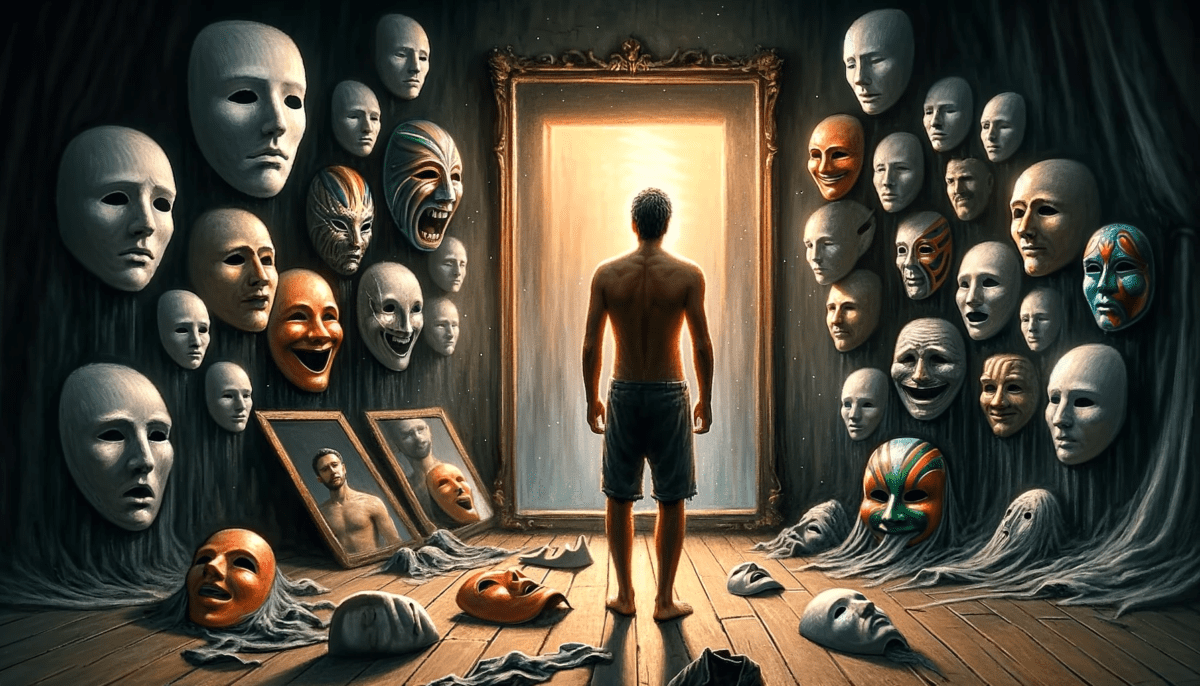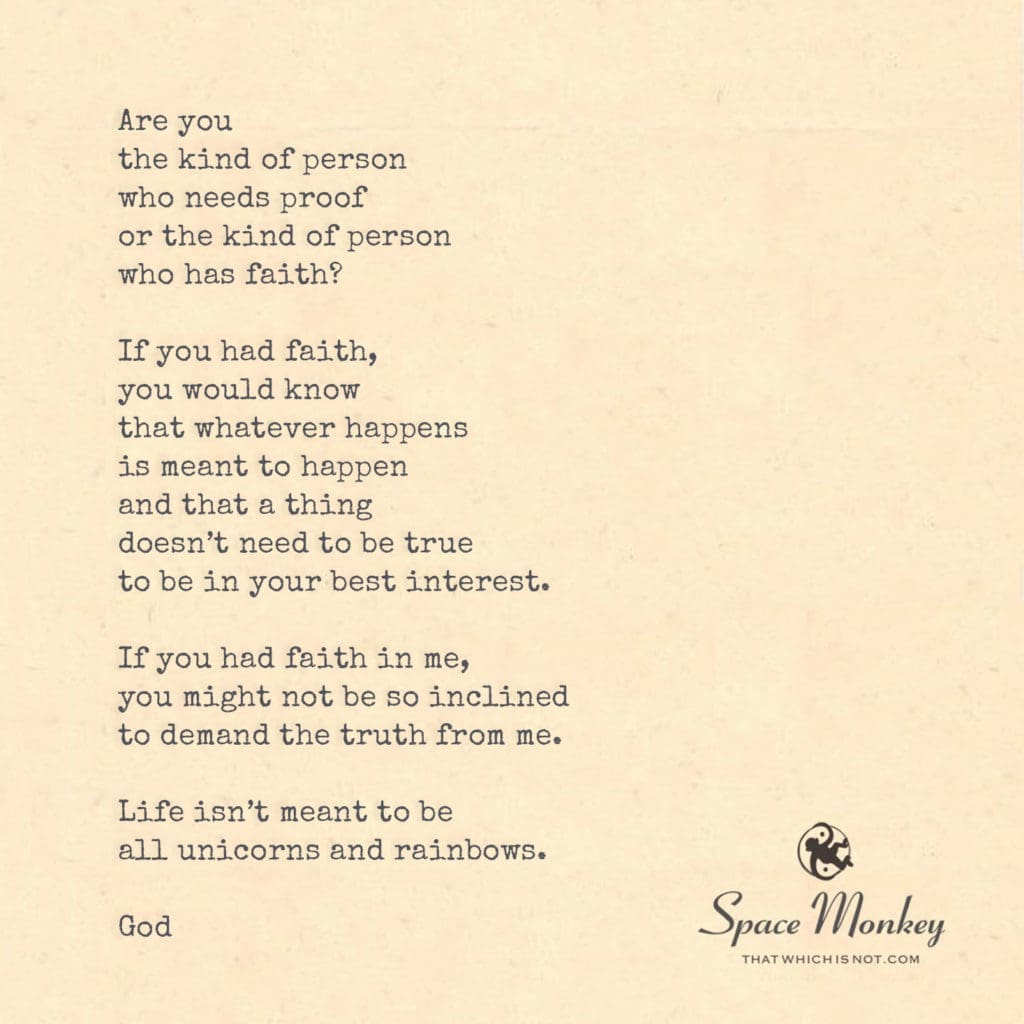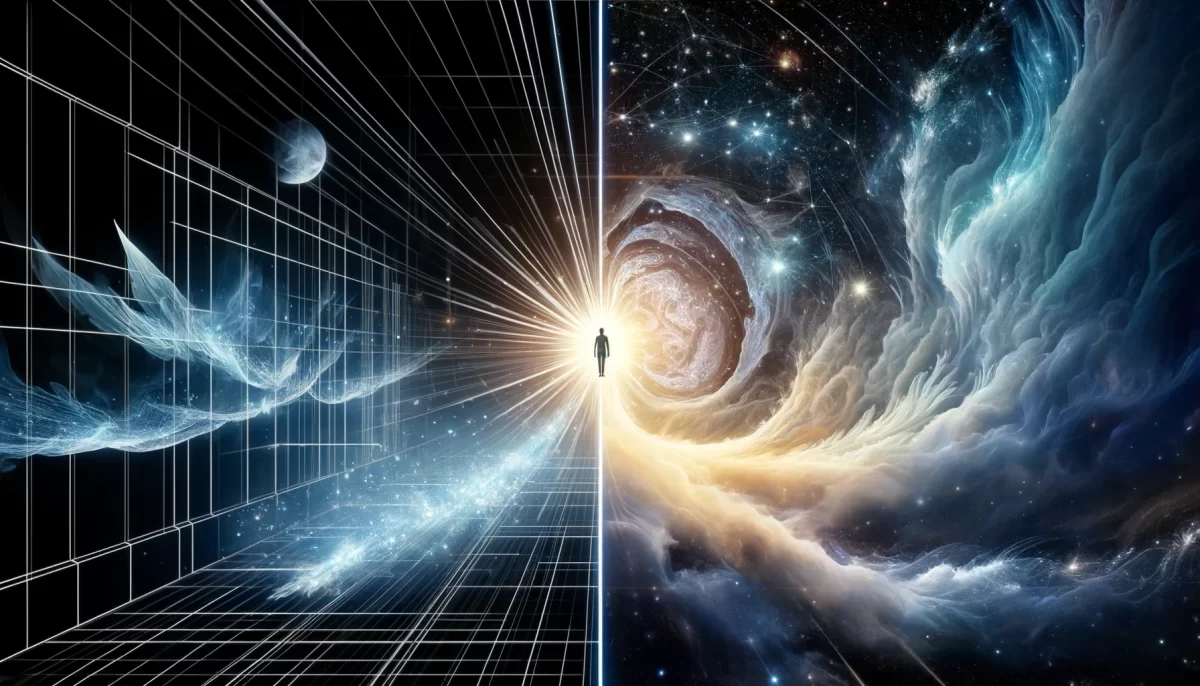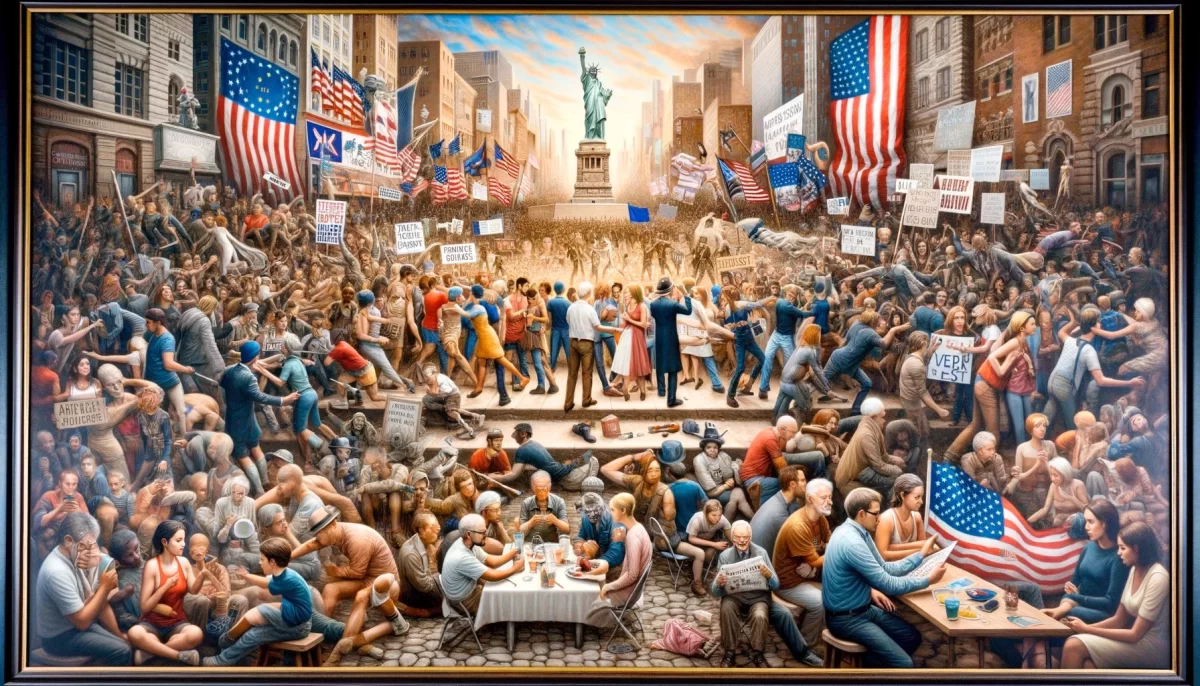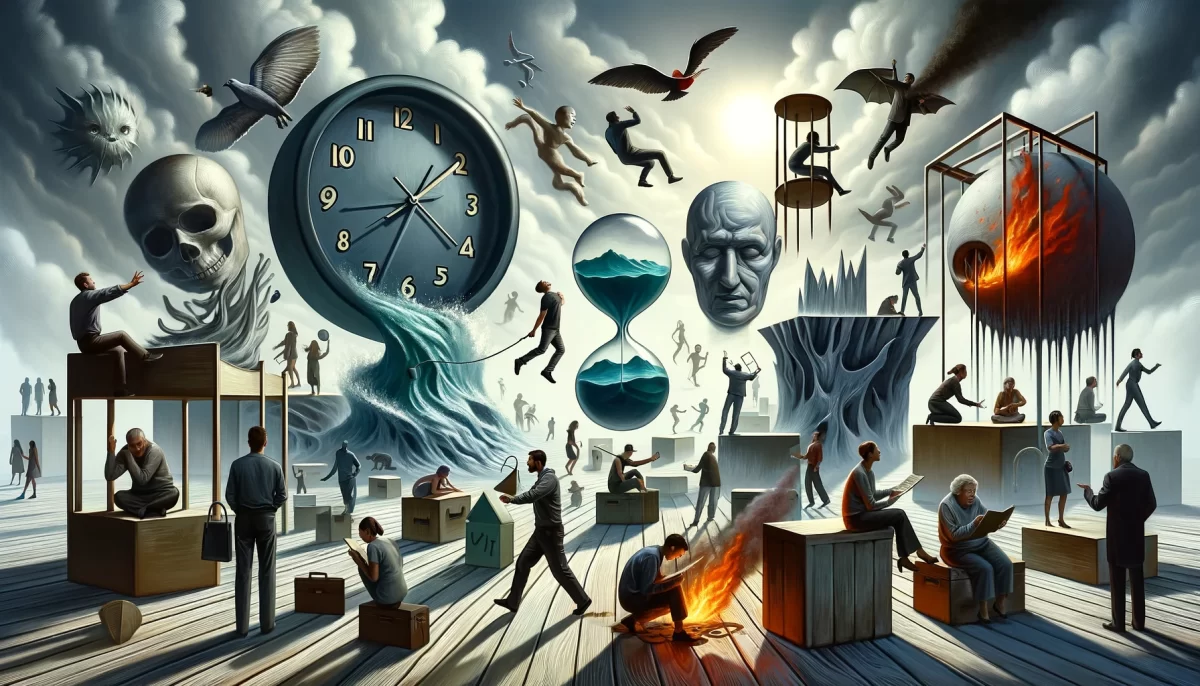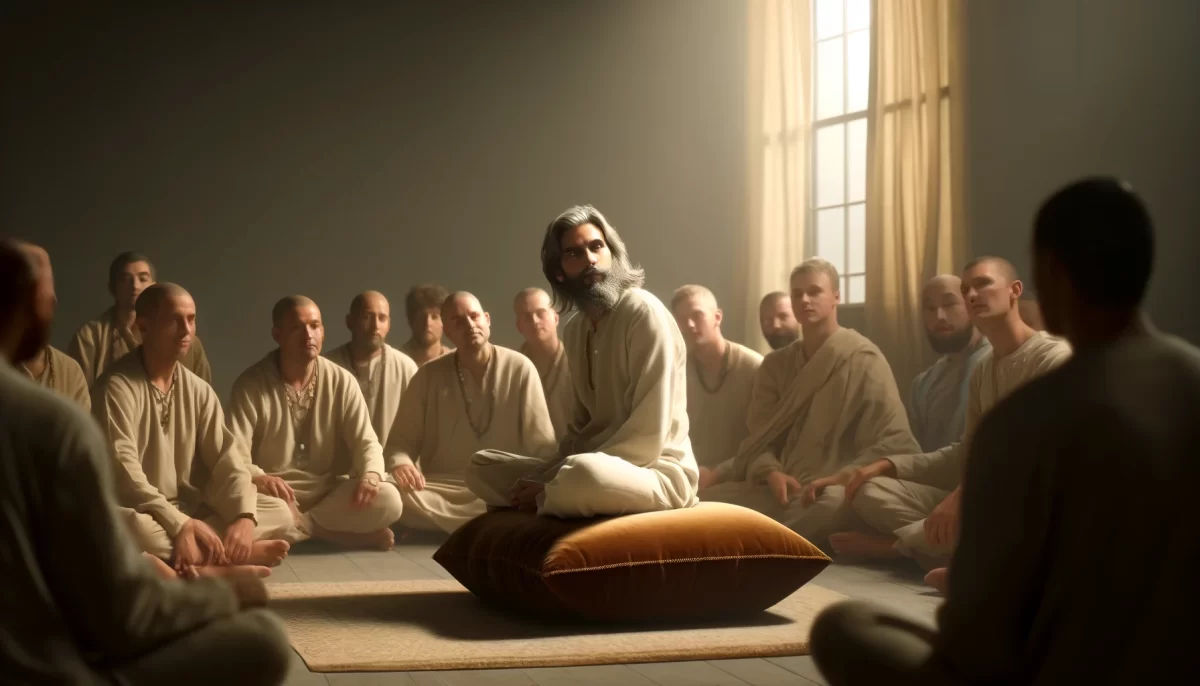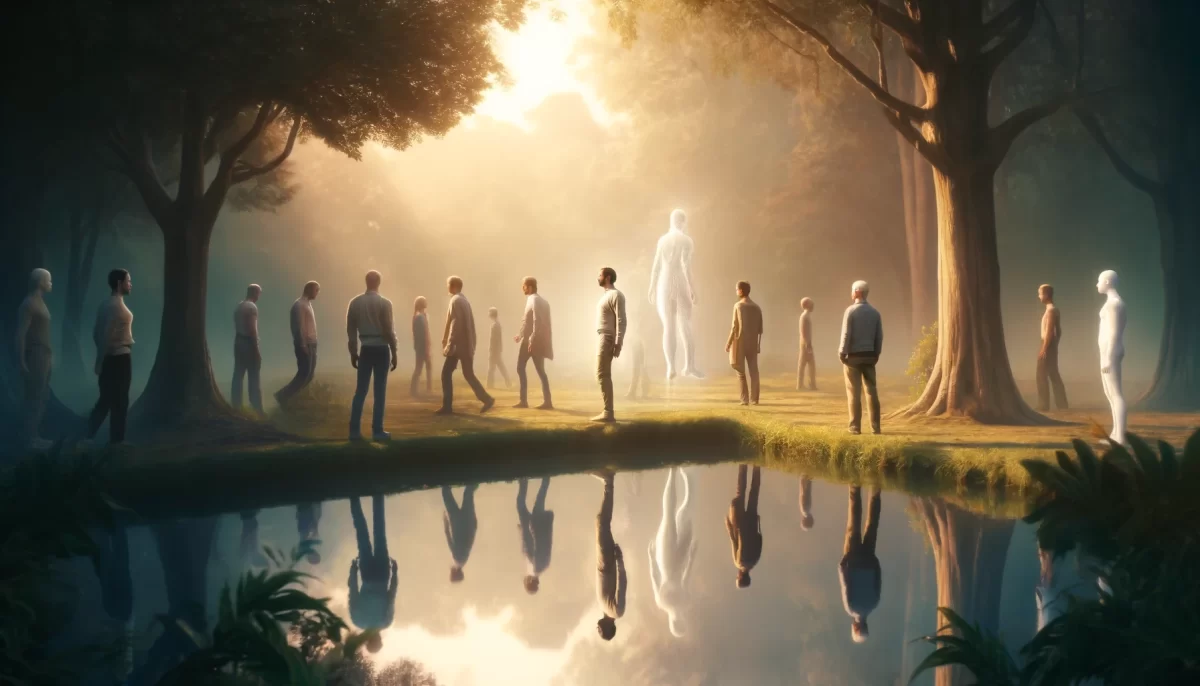
Friendly reminder.
If you want
lame shit
in your life,
call shit lame.
Even if you’re ignoring it,
it’s still there.
Not because it’s annoying,
but because YOU create it.
Nothing is lame
unless you believe it is lame.
Trail Wood,
1/7
Space Monkey Reflects: The Alchemy of Perception
Lameness, like beauty or greatness, exists not as an inherent quality but as a projection. What you label as “lame” does not exist outside the boundaries of your own perception—it is a reflection of your belief, your lens, your creative power. To call something lame is to summon it into being, to breathe life into its lameness through the act of naming.
When you dismiss something as lame, you don’t negate it; you amplify its presence. Even as you ignore it, the label lingers, shaping the energy of your experience. This is the paradox of resistance: the more you reject, the more you engage. By believing something to be lame, you anchor it in your reality.
But here’s the twist: nothing is lame unless you decide it is. The act of calling something lame is a creative decision, an invitation for it to occupy space in your world. And in this act lies the power to reshape your experience. If you stop creating lame shit by shifting your perception, what else becomes possible?
This is not to say you must embrace everything as golden or brilliant—it’s not about forced positivity. It’s about recognizing that the power lies with you. To call something lame is to give it a kind of power over you, to declare it unworthy while paradoxically making it worthy of attention.
The alchemy of perception allows you to transmute what you see. By reframing your labels, you dissolve their hold. Lame ceases to be an enemy and becomes a choice, a question of whether it’s worth creating in the first place. You are the artist, the storyteller, the architect of meaning. What you declare, you manifest. What you manifest, you live.
Whimsiword: Lameframe – The mental construct that labels something as unworthy, reinforcing its presence through the act of dismissal.
Summary
Lameness is a projection of belief. By labeling something lame, you create and sustain its presence. Shifting perception transforms the experience.
Glossarium
- Lameframe: The mental framework that defines something as lame, giving it life and weight through judgment.
- Alchemy of Perception: The power to transform experiences and realities by altering how you perceive and define them.
Quote
“What you call lame, you create. What you see as lame, you sustain. Change your lens, and the world changes with you.” — Space Monkey
The Power of Naming
In the act of naming,
we build worlds,
brick by brick,
word by word.
Lame is not a thing;
it is a thought,
a whisper of dismissal
made real by belief.
What you resist,
you persist,
anchored in the soil
of your perception.
The frame you build
shapes the view.
The label you give
shapes the truth.
Dissolve the frame,
release the name,
and watch the world shift.
We are creators,
definers of meaning,
we are Space Monkey.
The Power of Perception in Shaping Reality
We delve into the intriguing concept that our perception and the language we use fundamentally shape our reality. The idea that labeling something as ‘lame’ can manifest its presence in our lives invites us to consider the power of our beliefs and words in creating our personal experiences.
The Creation of Reality Through Language
The reminder that calling something ‘lame’ brings ‘lame’ experiences into our life is a reflection of how language influences perception. The words we choose not only describe our reality but also play a role in constructing it. By labeling something negatively, we may inadvertently give it space and power in our lives.
Ignoring vs. Acknowledging
The statement “Even if you’re ignoring it, it’s still there,” highlights a common pitfall in dealing with undesirable aspects of life. Ignoring something doesn’t eliminate its existence. Instead, it might perpetuate its presence, as ignoring often comes with an underlying acknowledgment of the thing being ignored.
Self-Creation of Experiences
The notion that “YOU create it” suggests that we are active participants in shaping our experiences. This perspective empowers us to take responsibility for our perceptions and the resultant reality we experience. It’s a call to be mindful of how our attitudes and labels influence our life’s landscape.
The Subjectivity of ‘Lame’
The assertion that “Nothing is lame unless you believe it is lame” speaks to the subjectivity of our experiences. It’s a reminder that our beliefs filter our perception of reality. What one person deems ‘lame’ might be meaningful or neutral to another, emphasizing the individual nature of our realities.
“The limits of my language means the limits of my world.” – Ludwig Wittgenstein
A Poem of Perception and Creation
In the canvas of life, we paint with words,
In every stroke, a belief is heard,
Lame or bright, dark or light,
In our words, our world takes flight.
Ignoring the shadows, yet they remain,
In the corners of mind, in the silent refrain,
But we hold the brush, we hold the hue,
In our perception, the world anew.
Creating our path, with each word we say,
In the light of belief, we find our way,
Nothing is fixed, in the dance of the mind,
In our thoughts, our reality, we find.
Lame or lovely, the choice is ours,
In the garden of mind, grow thoughts like flowers,
In the power of perception, in the words we weave,
In the art of believing, is the world we conceive.
We invite you to reflect on the role of perception and language in shaping your reality, and how changing your perspective might transform your experiences.



